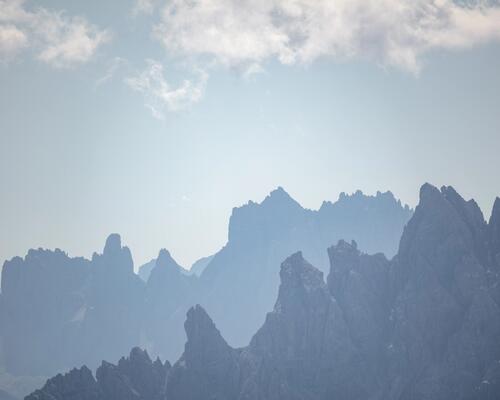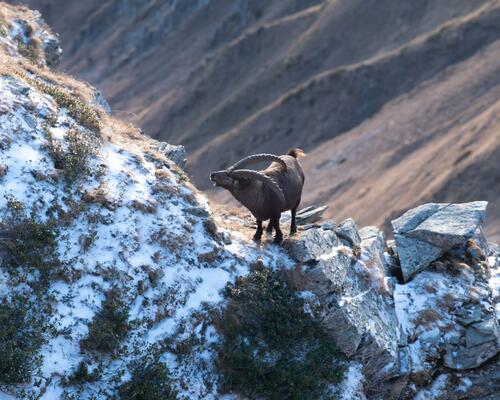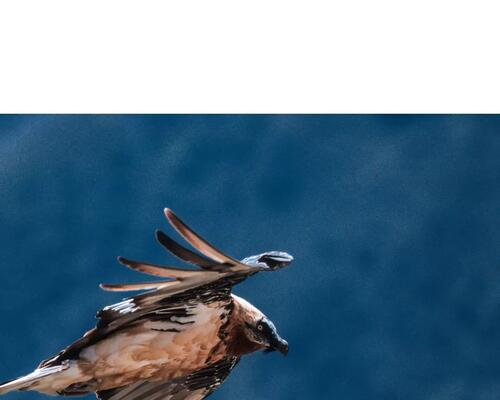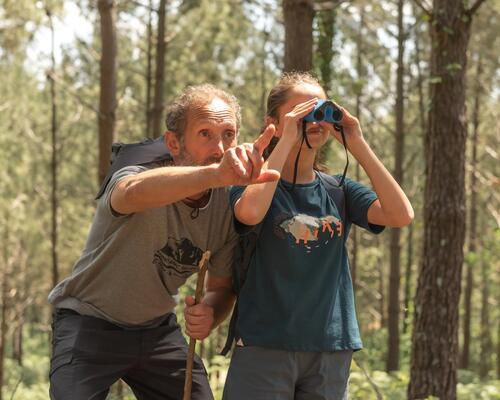1/ Be aware of your environment
LISTEN TO NATURE
Any observation begins with a phase of listening to nature. Thanks to these moments of silence, you’ll be better able to spot the wildlife around you and so begin your observation.
SPOTTING THE SIGNS OF THEIR PRESENCE
If your listening phase hasn’t borne fruit, looking for various signs of their presence such as droppings, tracks or even tufts of hair can indicate the existence of any wild animals in the area.
BE CAREFUL OF THE WIND
Mammals have a very good sense of smell, so knowing how to interpret the direction of the wind is essential. If it’s blowing at your back, it’s very likely that your scent will precede you, alerting the animals and causing them to take flight before you even see them.
KNOW THE BEST OBSERVATION TIMES
In summer, animals avoid all activity during hot periods, so we advise you go nature watching during cooler times of the day: from 5.30am to 9.30am in the morning and in the evening from 5pm until nightfall.







